HTC One max Review
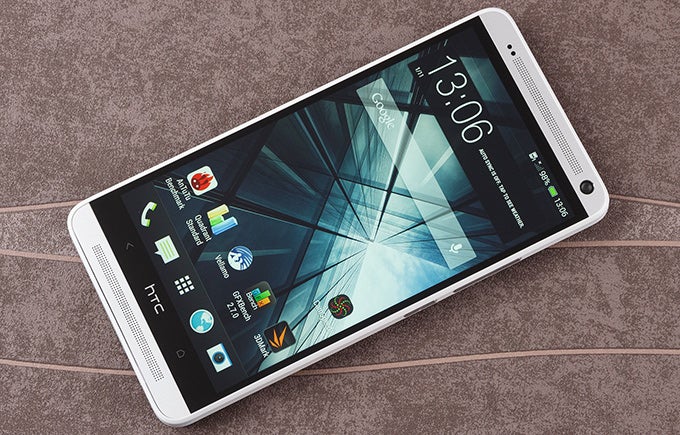
Introduction
Can you imagine that just a few years ago, the word “phablet” did not exist? It wasn't needed at that time, of course, since even the top smartphones couldn't come close to providing a tablet-like user experience. Yet today, we're witnessing a fascinating phenomenon – the number of handsets that blur the lines between phones and tablets is steadily increasing, and more and more people seem to be quite keen on having one. It is Samsung we have to thank for that – the company that pretty much created the phablet category with its highly-acclaimed Galaxy Note series.
HTC is now also ready to join the party and jump on board the phablet bandwagon. Its first handset of this class is called the HTC One max, and as the name implies, it is based on the company's flagship – the HTC One. Following in the footsteps of the latter, the HTC One max offers an outstanding metallic design and a 4MP UltraPixel camera, combined with a large, 5.9-inch 1080x1920 pixel touchscreen. And to spice things up, HTC has thrown in a few extra perks, including a fingerprint scanner and a slot for microSD cards.
Will all this be enough for the HTC One max to cause an impact in the Samsung-dominated phablet segment? Perhaps a thorough examination will allow us to arrive at a specific answer to that question.
In the box:
- Wall charger
- Micro USB cable
- Wired in-ear headphones with microphone
- Extra headphone tips
- Quick start guide
Design
Clearly, the HTC One max is not a phone built with the mainstream consumer in mind. It is for those who just don't find the display on any flagship device large enough for their needs. HTC has chosen to outfit the One max with a gargantuan, 5.9-inch touchscreen, occupying most of its front side. As a result, the One max looks and feels a lot more like a small-sized tablet, rather than a smartphone, which makes it highly suitable for web browsing, watching videos, or playing games. On the downside, the HTC One max is simply humongous. It is not only impossible to operate single-handedly, but also difficult to tuck even into a large pocket, so carrying it around might be an issue.
As for its appearance, the HTC One max can't be regarded as a fresh-looking smartphone since it is, more or less, a super-sized clone of the HTC One. Still, it looks outstanding both on its own and when compared to its rivals. Following in the footsteps of the company's flagship, the stylish One max sports a premium outer shell made of matte aluminum and a plastic trim around the side providing a sufficient amount of grip.
Yet some things have changed and must be highlighted. For starters, the HTC One max can have its storage space expanded with the use of a microSD card – a welcome feature not present on the HTC One. The microSD card slot is located underneath the back cover, which is now removable, providing access to the micro SIM card as well. The battery, however, is off limits and cannot be swapped by the user. You might have also noticed that three terminals are found on the smartphone's back, near the bottom. These are used for connecting the smartphone to the Power Flip case – an official HTC accessory with a built-in rechargeable battery. But the most unusual perk you get with the HTC One max is, without a doubt, the fingerprint scanner, located below the camera. More on it in a couple of paragraphs.
Continuing further with our HTC One max inspection, we find a 3.5-millimeter headphone jack and an infrared blaster placed on the smartphone's top edge. The latter, used for controlling TVs and home entertainment systems among other gadgets, is a neat feature that only a few handsets have to offer. That little latch on the phone's left side is used to release the back cover open, in case you're wondering. HTC's Boom Sound front-facing speakers are present as well, producing stereo sound of quality that no competitor smartphone can match.
We're glad to see that HTC has done the right thing by placing the max's power button on the side, where it is easy to reach. On the other hand, the volume keys are located a bit further from the user's fingers, which renders them a bit trickier to operate. Below the display we find just two capacitive keys, used for the “back” and “home” functions.
Fingerprint Scanner
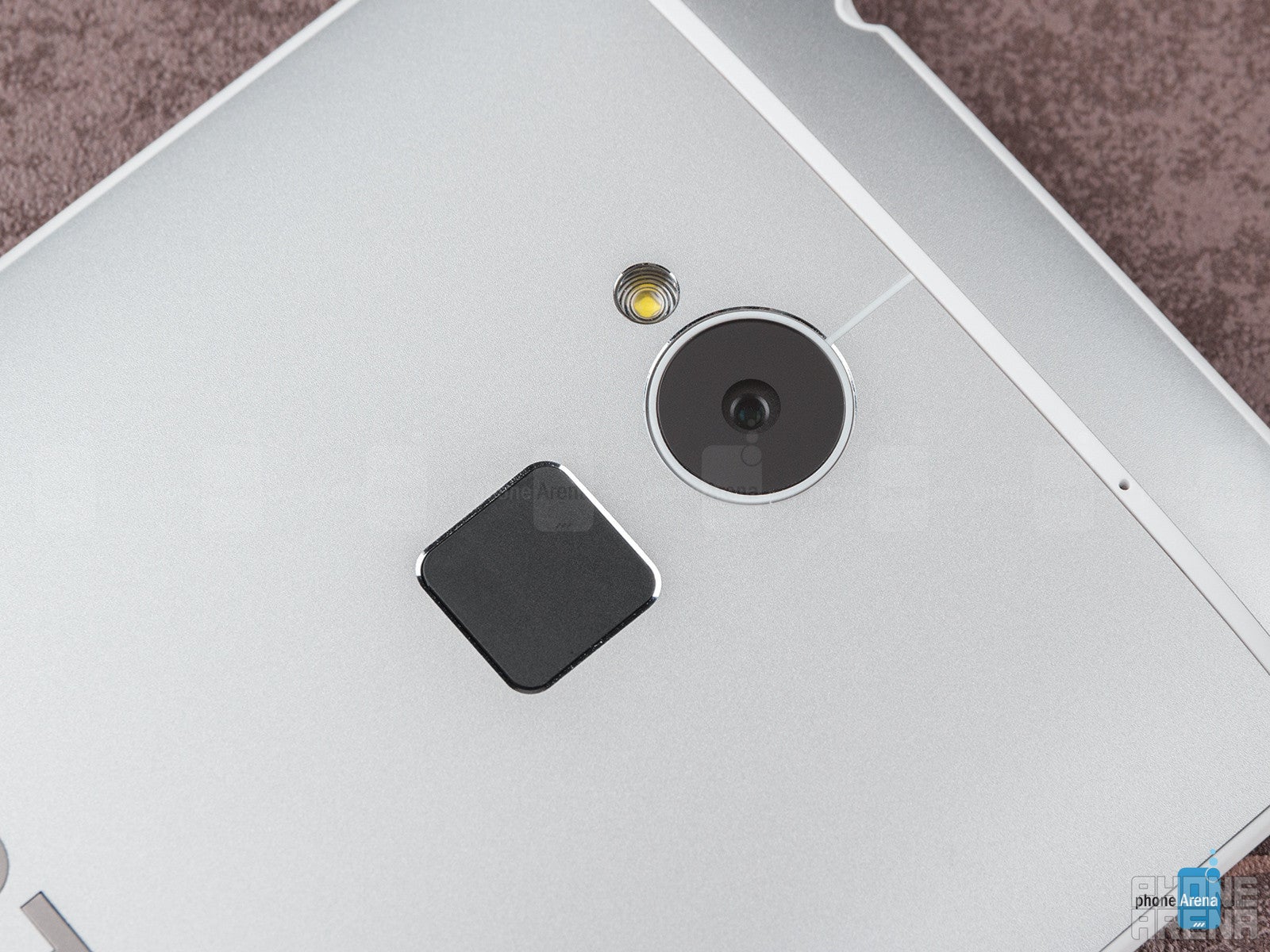
One of the several things that bother us is the sensor's awkward placement. It is on the back side of the smartphone, right under the camera, and since we don't see it when we try to use it, we often find ourselves swiping the camera lens instead of the scanner. Speaking of swiping, that's how fingerprints are being read by the device, which is unfortunate as this gesture isn't the easiest thing to perform on a smartphone of this size. Why HTC couldn't go with a fingerprint sensor that doesn't require swiping (you know, like the one on the iPhone 5s) is beyond us. Then there's the software integration, or lack of it, to be more specific. It would have been nice if we could authorize Play Store purchases using a fingerprint, yet sadly, the software does not allow that. As for the option to have apps launched depending on which finger is scanned, this feature is pretty much pointless since it works only on the lock screen, and using a lock screen shortcut is both faster and more convenient. So all in all, the fingerprint scanner on the HTC One max is nothing but a gimmick that we don't see ourselves using on a daily basis.
Display
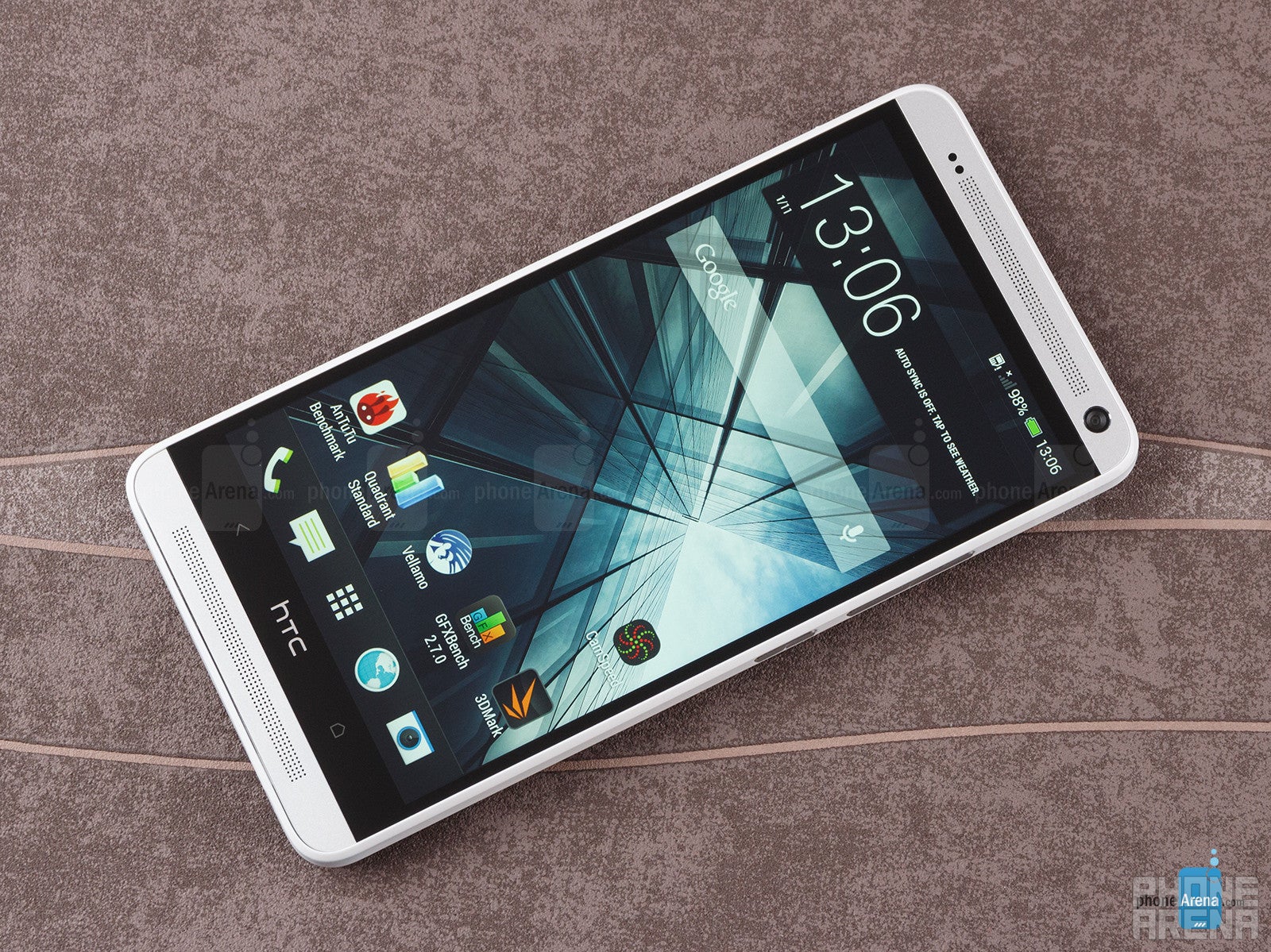
Color accuracy, however, is slightly off. Whites displayed on the screen appear yellowish regardless of how high the brightness has been set. Color saturation is within neutral levels, but still somewhat lacking. The color temperature and contrast ratios, on the other hand, are of excellent values, as our testing goes to show.
With its peak screen brightness of 480 nits, the HTC One max can be used outdoors without much effort. Its low reflectance helps as well since only a fraction of the sun's light bounces back from its surface.
Interface
With the One max, HTC is introducing an enhanced version of its Sense user interface, dubbed Sense 5.5, which in this case is on top of Android 4.3. Visually, not a whole lot has been changed. UI elements and graphics are minimalist, creating a simple, intuitive, and elegant overlay when combined together. But the alterations aren't merely superficial. In fact, most of the native applications and widgets follow the same design principles, which creates consistency throughout the whole interface. And despite the changes, we notice no degradation in the phone's performance. Good job, HTC!
From a functionality perspective, with Sense 5.5 once can easily add multiple widgets to the lock screen – a feature that wasn't executed well in the UI's previous release. There's also a new and potentially useful “Do not disturb” mode, which turns off the sound and disables incoming calls.
Naturally, BlinkFeed in its newest, most refined form is present in Sense 5.5. For those who aren't familiar with it, BlinkFeed a feature that HTC introduced with the One. Think of it as a news feed aggregator that occupies an entire home screen, putting together stories from hundreds of online sources, as well as from social networks that the user is logged into. On the One max, the number of sources where BlinkFeed pulls news from has been increased. It now works with Google+ and Instagram as well. Up to 120 stories can be saved offline and be read at a later time in case the user isn't connected to the internet. All in all, BlinkFeed is a unique service that gives quick, instant access to up-to-date information. Those who feel like they don't need it, however, are free to turn it off.
Processor and memory
HTC has chosen to stick with the Snapdragon 600 SoC for the One max even though the faster Snapdragon 800 chip is already being used in a number of phones. That gets you a 1.7GHz quad-core Krait 300 CPU with Adreno 320 GPU, backed by 2GB of RAM. In comparison, the 800 model has a better CPU, better GPU, and can be clocked much higher. Deal breaker? Well, not really since the smartphone's performance is top notch. The user interface responds instantly to our input and runs swiftly, without any lag. Games are also handled well, with even the newest 3D titles running at high frame rates. The only downside to having a Snapdragon 600 in the One max is that the smartphone can't be considered as future-proof as many of its rivals.
There is a base HTC One max variant with 16GB of on-board storage, but for those who don't find that enough, the company is launching a 32GB model as well. Roughly 5.5GB of that space is occupied by system files. Thankfully, there's a microSD card slot that accepts cards of up to 64GB in size, so you can use one for storing photos, music, and videos, while dedicating the phone's native storage to applications. Plus, HTC One max buyers get 25GB of free cloud storage for 2 years, courtesy of Google Drive.
Dialer and messaging
There's nothing radical about the dialer application on the HTC One max. Accessible from the home screen or via the lock screen shortcut, it puts the call log, the contacts list, and the dial pad under one roof, along with tabs for the user's favorite contacts and groups. It is cool that tabs can be rearranged to the user's liking and that scrolling with 2 fingers allows us to rapidly flick through the contacts list.
The messaging application is extremely simple, but it is not like it necessarily has to be any more advanced than this. Photos, locations, contact information and calendar appointments can be attached to the message, which is very useful.
Thanks to its size, the on-screen keyboard is quite comfortable for two-thumb typing in portrait mode. We find it uncomfortable to use in landscape orientation, however, as the handset itself is too wide for our fingers to effectively reach the buttons in the middle. Single-handed typing is out of the question since the phone's proportions and lack of appropriate keyboard layouts make that impossible.
Software
If you've ever used a calendar application on a smartphone, then you'll be feeling right at home when using the Calendar app found on the HTC One max. Creating an event is as simple as tapping on a date and hitting the “create event” button, after which you pick a name and time range for the event. Highlighting a date gives you a sneak preview of your agenda without opening the entire schedule for that day.
The HTC One max comes with a car mode interface, which provides quick access to features you might need while driving – navigation, voice command, media playback, and the likes. The UI's buttons are huge and easy to press while behind the wheel. Not that you should be using your phone while driving, that is.
With the Kid Mode app loaded by HTC, you can let children play with your One max without worrying that they might mess something up. It restricts access to your personal stuff, allowing kids to launch only the apps you allow them to.
Scribble is another application pre-loaded on the HTC One max. Think of it as an advanced notepad of sorts, where text, photos, and clip art can be combined in a single document. Inserting photos can be a bit glitchy, but as a whole, the app is usable.
Internet and connectivity
Browsing the internet on a screen so large and detailed is a pleasure. What's more, the stock web browser loads pages quickly and has the option to hide the status bar for a true full-screen browsing experience. However, there are a few things about the app that can be a bit annoying. One of them is that text is not inflated automatically, meaning that we still have to zoom in on paragraphs of text in order to read anything. Also, we appreciate HTC adding support for Adobe Flash in its browser app, but it didn't work properly on all pages we tested. Embedded YouTube videos, in particular, do not work in all pages.
When it comes to connectivity, there's pretty much nothing essential that the HTC One doesn't offer. LTE and 4G HSPA+ are on board, along with the mandatory Wi-Fi radio, which is 802.11ac compatible, and Bluetooth 4.0 with AptX support. You also get NFC and GPS with GLONASS compatibility for improved accuracy. Even the humble FM radio with RDS has not been omitted, which we appreciate.
Camera
When HTC announced the One, it introduced us to its much-touted UltraPixel camera technology, which was supposed to blow the cameras of the competition straight out of the water. But then we tested the HTC One ourselves and its camera failed to impress us. That's why we were a bit disappointed when we learned that the HTC One max had an UltraPixel camera as well – a camera that's pretty much identical to the one found on the HTC One, save for its lack of optical image stabilization.
The UltraPixel camera on the HTC One max relies on a 1/3' back-side illuminated sensor with native 16:9 aspect ratio, f/2.0 aperture, and 28mm lens. The pixels, being 2.0 µm in size, should theoretically improve low-light performance by capturing “more than 300% more light than most leading 13 megapixel cameras”. But since each pixel occupies extra space, not a lot of them have been fitted onto the sensor. The result is a maximum image resolution of only 4 megapixels. The produced images are large enough to be shared online or developed into small prints, but often too small to be cropped and zoomed in on effectively.
Launching the camera app brings us to a familiar from the HTC One screen with separate shutters for photos and video situated conveniently on the right. The settings menu, however, hasn't been organized in the best way possible. You see, all the modes and adjustments are placed in a single menu list with sub-menus, and because of that, finding the setting you need takes longer than it should.
Feature-wise, there is a bunch of filters and scenes to use when appropriate, including Night, Sweep Panorama, HDR, and Anti Shake adding software stabilization to the image. There's a new Dual Capture option that takes photo with both the main and front cameras at the same time, placing the latter over the former. Video modes include HDR video in full HD, 60fps in 720p HD, and slow-motion video at 120 frames per second.
Image quality is satisfactory despite the sensor's low resolution, yet below what one would expect from a smartphone of this class. Photos are often underexposed, with average details and visible digital noise even in well-lit scenes. However, one can achieve better results by tapping on the subject being photographed – that is what sets the exposure and focus right. Color representation is very accurate and we don't see the typical for smartphone cameras excessive color saturation boost. Indoor photos are a different story. They look fine as long as there's enough light provided, but even the slightest tremble of your hand is enough to add noticeable motion blur to the image. In darker scenes, colors are pretty lifeless and the digital noise spoils the whole shot. The LED flash comes in handy when a light boost is needed. If set to auto, however, it goes off only when the lighting is really poor, ignoring many low-light scenes where it would have helped as well. We weren't impressed with the HDR mode either – images turned out a bit too bright than they should be.
Video quality is, again, of average quality. It is smooth, we can't deny that, but we were expecting to see more detail present in the One max's 1080p videos. As the case is with still photographs, footage may turn out a tad darker than it should be due to underexposure. Continuous auto-focus is disabled by default for some reason. When enabled, the camera has a hard time keeping the focus where it should be, as you can see from our sample video below.
As for the front-facing camera on the HTC One max, it is pretty good, actually, be it for self-portraits or for video chats. It has a resolution of 2.1 megapixels and a wide, 88-degree viewing angle, so one can fit easily in the frame, along with a few buddies.
Multimedia
Unlike all recent Androids by the company, the HTC One max does not offer Beats Audio sound enhancements. Another thing that's missing, shockingly, is an equalizer. The pre-loaded Music app does not have one, meaning that there's no way of tweaking audio reproduction unless you use a different player for the purpose. The player has a few notable perks, however, including its audio visualizer, the option to automatically download missing album art, to play media from a network server, and to set a selected song as a ringtone. The Music player's user interface can be confusing at first, but it just takes a little getting used to the way things are arranged. If you're not happy with the default layout, and we weren't, feel free to disable or move around tabs to your liking. All in all, the app is not perfect, but it isn't bad either. Alternatively, Google's Play Music audio player is also loaded onto the handset.
If you often find yourself listening to music straight from your phone's loudspeaker, then you'll love the front-facing Boom Sound stereo speakers on the HTC One max. The sound they produce is rich, loud, undistorted, and superior in quality to anything you'd hear from a competitor's handset. As for the stereo earphones included with the phone, they sound great as well, as long as the volume is kept at a reasonable level. However, they are of the in-ear kind, designed to be placed inside the user's ear canal. While that reduces the chances of them falling off, some users might find wearing them for prolong periods of time rather uncomfortable. Also, the tangle-free cable of the earphones should have been a bit longer.
Since the HTC One max is supposed to be an outstanding multimedia device, we find the lack of a dedicated video player simply ridiculous. Instead, movies are played from the gallery, which would have been fine if the app didn't list files by date. In other words, video files are scattered all over the place instead of being neatly sorted in a dedicated list. Video playback is smooth and most of the popular file formats are supported. DivX is an exception, but third-party video players are able to rectify this.
The HTC One max is one of the very few smartphones that come with an infrared blaster. With the help of a pre-loaded app, it transforms the handset into a remote control for your TV, home theater system, and set-top box. What's even cooler, that same application has a built-in TV guide so you can easily see what's being broadcast; if you pick a show, the app will switch over to the channel it is on. Note that this service doesn't work in all countries and with all service providers.
Call Quality
Phone calls made with the HTC One max are loud and clear. Its earpiece has plenty of power output and we didn't have to set its volume to the maximum in order to enjoy the conversation. On the other side of the line, there's sufficient volume to our voice, allowing to other party to understand us without any problems. Voices aren't perfectly natural, but the digital distortions introduced by the device are so faint that we can't describe them as disturbing or anything like that.
Battery Life
One of the benefits of having a large phone is that there's plenty of space for a massive battery to be tucked inside. That's also the case with the HTC One max. It comes with a 3300mAh battery cell, which is rated for 25 hours of continuous talk time on 3G. Stand-by time is quoted as a bit over 24 days. Our own custom battery benchmark required 7 hours and 27 minutes to drain the One max's battery completely out of juice,which is a great result, surpassing rivals like the Note 3 by a considerable margin.
Conclusion
As the HTC One and the HTC One mini before it, the HTC One max is a well-made phone. Seriously, there's quite a lot to like about it: from the outstanding metallic design and the large high-resolution display to the awesome front-facing speakers and the solid battery life. But being an HTC One max user is not all roses. We are pretty underwhelmed by the performance of its UltraPixel camera – with its average-looking photos, it can't be taken seriously when compared to its rivals. Then there's the fingerprint scanner on the phone's back – a seemingly cool security feature that only a few other handsets offer, but in reality, a gimmick that can be frustrating to use. Having these and many other minor imperfections in mind, we can't rank the HTC One max as the ultimate phablet. Is it still one of the best smartphones in this class? You betcha!
For those who don't feel like the HTC One max is the right choice for them, we have a few alternatives to recommend. One if them is the 5.7-inch Samsung Galaxy Note 3, which is definitely more capable in the hardware department with its Snapdragon 800 SoC and 3GB of RAM. An option that impresses with both performance and design is the Sony Xperia Z Ultra, which is, on top of it all, resistant to dust and water damage. And in case your budget can't handle any of these, the 6.3-inch Samsung Galaxy Mega 6.3 is a great handset that offers plenty of bang for its buck. Last but not least, the 5.2-inch LG G2 is for those who need a high-end smartphone that can still fit in a regular pocket.
Software version of the reviewed unit:
Android version: 4.3
HTC Sense version: 5.5
Software number: 1.19.401.2




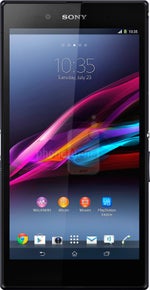
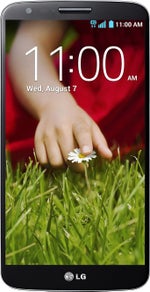






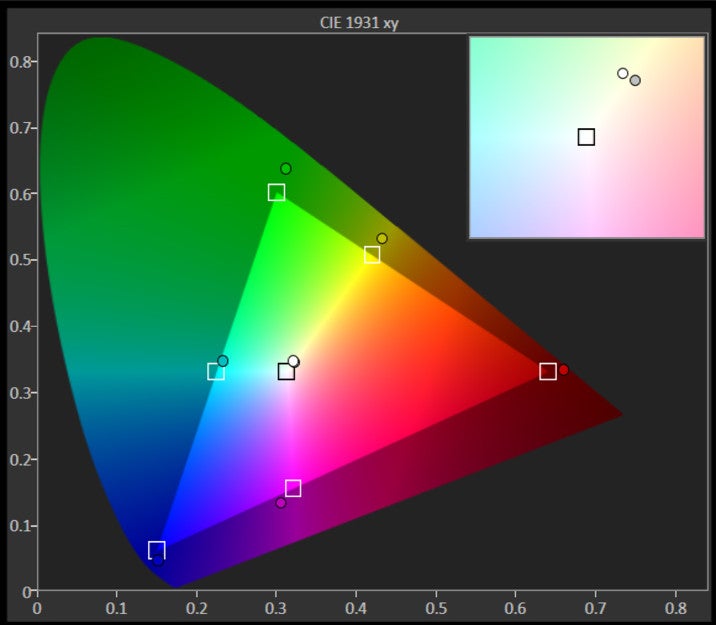











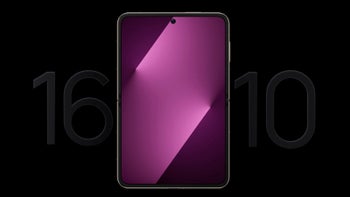




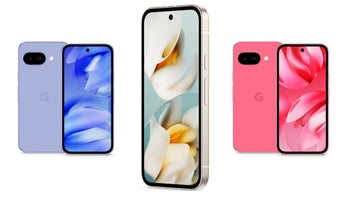
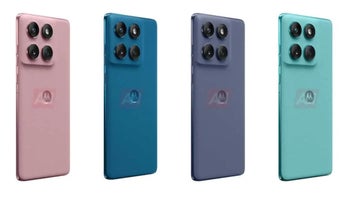
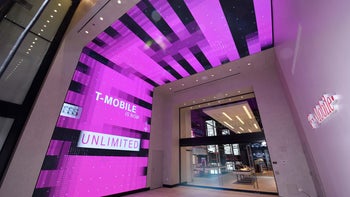
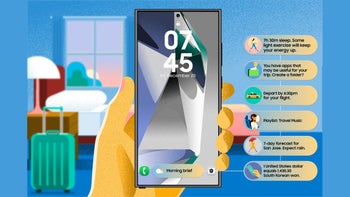

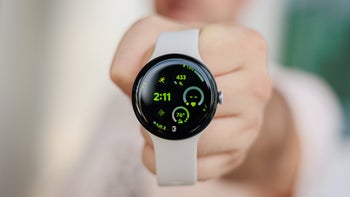





Things that are NOT allowed: